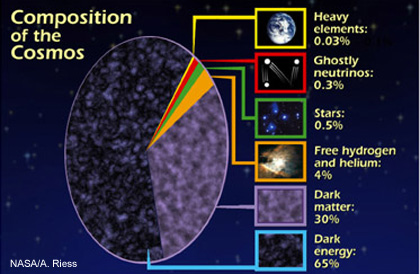 . . See also: "The Drake Equation" on the likelihood of life elsewhere.
. . See also: "The Drake Equation" on the likelihood of life elsewhere.
.

. . Click here for the clearest explanation I've found on dark energy & the expansion of the universe. (eXit to return)
|
|
 . . See also: "The Drake Equation" on the likelihood of life elsewhere.
. . See also: "The Drake Equation" on the likelihood of life elsewhere.
.
. . Click here for the clearest explanation I've found on dark energy & the expansion of the universe. (eXit to return)
.